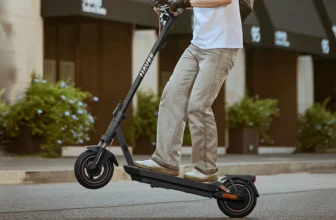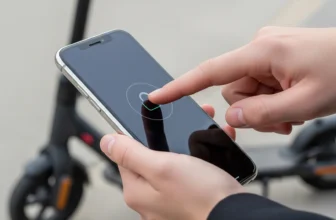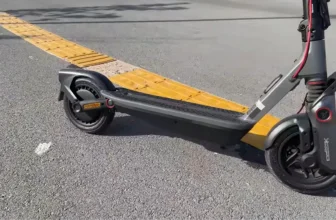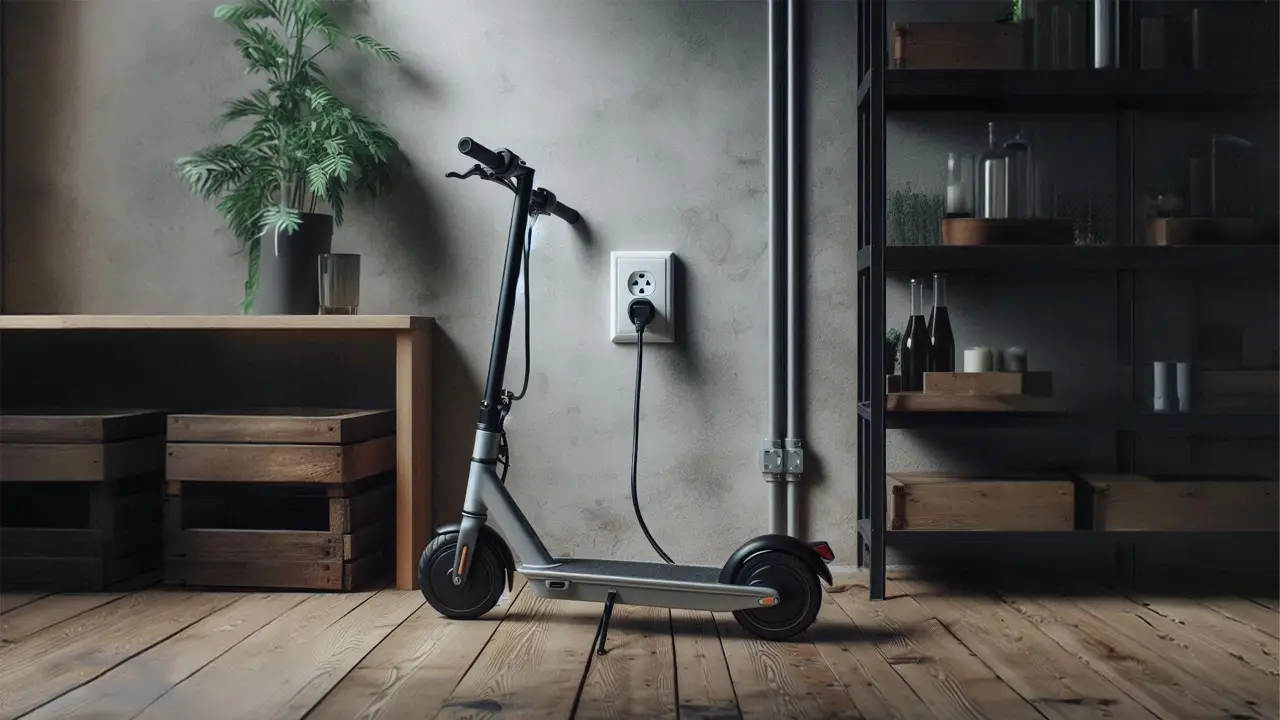
When you buy an electric scooter, one of the first things you usually look at is the advertised speed and range the scooter is capable of delivering. However, little does a first-time buyer know that these specifics, especially true for maximum range, are often very generous.
This leaves a lot of new riders with a feeling of disappointment when they realize that real-world conditions can significantly affect the distance you can go on a full charge.
Factors such as rider weight, terrain, battery management, and riding style are but a few things that can drastically reduce the expected performance, leading to an experience that falls short of their expectations.
Understanding these limitations is the first step in optimizing your scooter’s performance. In this article, we’ll explore practical tips to increase the range of your electric scooter and extend the longevity of its battery, ensuring you get the most out of your investment.
Extend Your Electric Scooter’s Range With These Easy Tips
In order to make sure you can get the maximum range possible out of your electric scooter we will want to make sure we know how to make your ride more energy efficient. Sure, most electric scooters have an economy mode which reduces the amount of energy consumed per mile, but it doesn’t really do that much in comparison to the adjustments we will be sharing below.
We’ve categorized these different tips and tweaks you can do into 3 different parts, riding style, mechanical, and battery management. All these play a vital part in not only extending the range your electric scooter can get on a single charge, but they also increase the lifespan of your scooter’s vital parts like the motor, battery, and its electronics.
Optimize Your Riding Style

Riding fast and aggressively is what electric scooter riding is all about for me personally. But at times I need to squeeze out a few extra miles from my scooter in order to get to places further away.
When that is the case, the easiest way to do it is to adjust how I ride, where I ride, and to think ahead. The goal is to make sure you ride in a way that consumes as little power as possible, so that you can go longer.
Throttle Control
Ride smoothly by keeping a steady phase, preferably not full throttle and plan ahead so that you can minimize the amount of stops you need to make. If you can avoid aggressive acceleration and lots of starts and stops, you will find that you can get much further on every charge.
Braking Habits
Most scooters have some type of regenerative braking. Most commonly used is the multi-brake lever that engages both the mechanical and electric brake through the same lever. But here is the trick, if you squeeze it to where you do not really engage the mechanical brake you can still engage the electric brake and by doing so regenerate energy as you slow down. Of course our goal is to brake as few times as possible, but when you do need to, the regenerative brakes are your friend if you want to conserve the scooter’s energy.
Route Planning
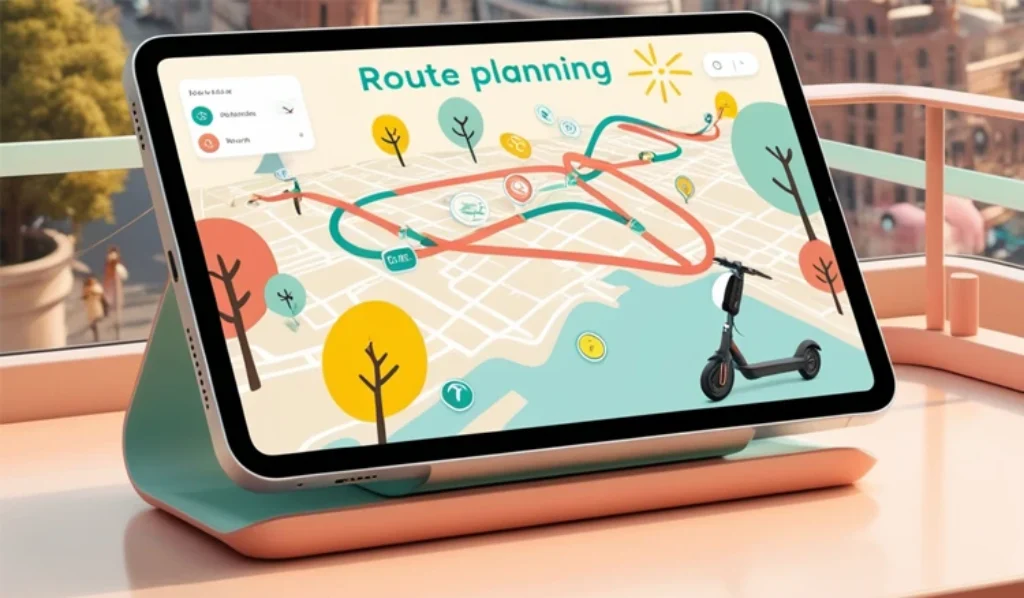
Plan your route ahead of time so that you can avoid any rough terrain, hills, and have as few starts and stops as possible. Hills are the most energy consuming obstacles of them all and the longer and steeper they are the faster your battery drains out. But wind is also an element that you can utilize to your benefit, if you can plan to have it in your back then that will greatly lower the energy consumption of the motors.
Help Kicks
When I know I have to go really far, I tend to give the scooter a helping hand by manually kicking a few times here and there as I ride up any inclines. Not only does this help your scooter, it also increases the longevity of your motors as hills is where they get the most resistance. And as a plus you get a little bit of exercise. I even jump off at really steep hills and lead the scooter up if I know that the distance I need to go may be on the edge of what the scooter is capable of doing.
Aerodynamic
There is not a ton you can do about the aerodynamics of an electric scooter. After all it is a pretty neat piece of machinery to begin with. The only suggestion I have here is that if you have to go against the wind, try to position your body to the side so that your body creates less resistance.
Ride-Mode
Most scooters today have various built-in ride modes you can choose from. They can give you a lot of more range by limiting the motors ability to consume energy. Usually this is done by lowering the top speed and the acceleration to make you unable to ride aggressively. However, they’re not magic, so you will want to still combine them with our tips above to maximize their benefit.
By adopting the following riding habits, you’ll not only extend your scooter’s range but also enjoy a smoother and more efficient ride.
Mechanical Tweaks To Maximize Range
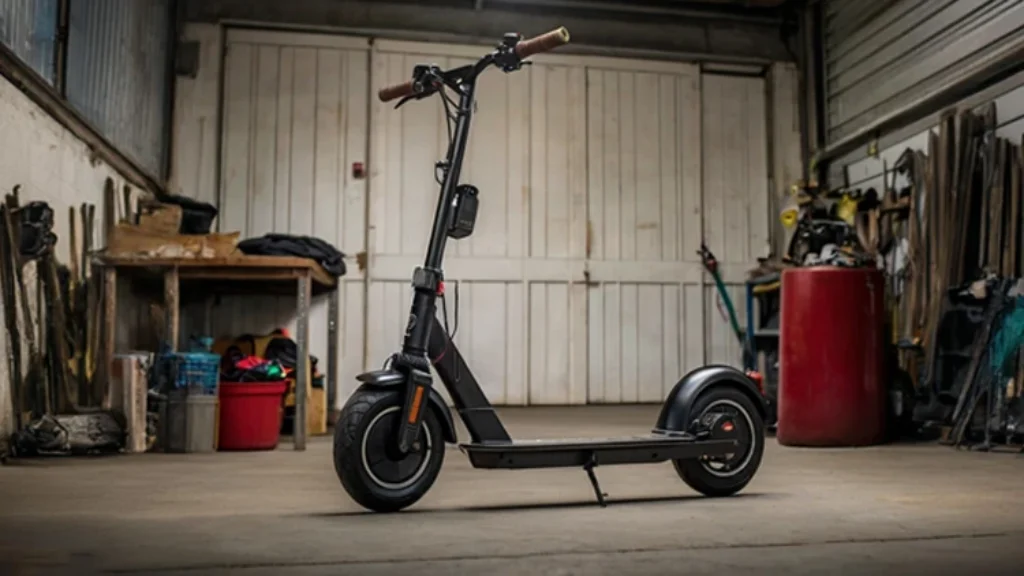
When it comes to mechanical tweaks you can do to help your electric scooter go further the main goal is to reduce the motors resistance, in other words, make their job easier.
This can be achieved by making sure your ride is well maintained and in tip-top shape so that it rolls down the street nice and smoothly with as little friction as possible.
Tire Pressure
Tires are where most motor resistance is created, it is after all where your scooter connects to the surface. Having your tires correctly inflated versus them being underinflated can mean a reduction in range of up to a whooping 30-40%. Making sure you have the right PSI or slightly higher will provide your motors with less rolling resistance and lower their energy consumption.
There are two things to note when it comes to tire pressure. First, not all scooters have inflatable tires, so if your model doesn’t you can jump past this tip. Secondly, if you overinflate your tires keep in mind that your ride will be bumpier and that the tires may become less effective on wet surfaces. A few PSI above the recommended air pressure is enough.

Brake Adjustment
An unbalanced disc rotor or too tightened brake pads will create unnecessary resistance for your motors, resulting in more energy used by the motors. Keep the brakes clean, loose enough to where you have a short lever activation but not hard enough to where the pads scratch the discs on every turn. For disc brakes you will want to make sure the rotor is perfectly centered so that there are no scratching noises as it rotates in between the brake pads.
Learn how to adjust your electric scooter disc brakes like a professional using our disc brake adjustment guide.
Weight
There isn’t much in terms of stripping the weight of your scooter I recommend doing. It would end up being too costly while garnering very little benefit as most units are fairly lightweight to begin with. What you can do is try to pack as lightly as you can when you go riding as every added pound will mean a slight reduction in range and it adds up quickly.
Electronics
Shut off unnecessary electronics when they aren’t needed, like the headlight, Bluetooth and so on. They all consume energy and if they’re on when they don’t need to be, that is energy your battery could be spending more wisely.
Optimize settings
Many scooters have the ability to be customized through a mobile phone using either the maker’s own app or a custom one by flashing your controller with a custom firmware. Go into the mobile application and check the strength of your regenerative brakes, acceleration, and top speed to customize them to your liking and to make the motors run as efficiently as possible. Just don’t over do it to the point where your scooter isn’t even fun to ride anymore.
Battery upgrades
There are a few things you can do when it comes to getting extra range out of your electric scooter that is as effective as adding some extra battery power. These things aren’t super complicated and you can easily customize your electric scooter to either be able to switch between two batteries as one runs out, parallel connect another battery and attach it to the stem, or if space allows it, upgrade the original battery to a larger one.
Personally I have a good 15 old hoverboard batteries laying around that are 36V/4.4Ah, perfect match for most of your regular commuter scooters. I’ve created a custom stem attachment for these that latch onto the scooter, so when I need to go far I just grab a few spare batteries, throw them in a bag and go riding for as long as I want just switching out one after the other as they drain.
Battery Management For Performance And Longevity
Now that you know how to really optimize your riding and take care of your scooter to give it the best riding conditions, you’ve also made a lot of changes that will increase the life of your electric scooter by not pushing the parts too hard. But if you really want to make sure your scooter’s battery stays in shape you should definitely consider implementing these tweaks to battery management too.
If you do, your electric scooter battery will stay in great shape for a much longer period of time than if you don’t put these best-practice battery management tips to use. For more best practices to increase the lifespan of your lithium battery, check out our electric scooter battery management guide!
Deep Discharge
Us older folks know that with the good old lead acid batteries you were supposed to discharge them fully and then recharge them, this is not the case with lithium ion batteries. They deteriorate much faster if fully discharged, especially if they’re below 20% for a longer period of time before getting charged up. So don’t store away that scooter with a low charge or you can say goodbye to your battery’s performance.
Max Charge
One of the recommendations I always have to prospective electric scooter buyers is to get more than they need. The main reason for me saying so is because, personally, I only charge my scooters to 60-80% charge.
This greatly lowers the deterioration process of your lithium battery, preserving its ability to operate at max performance for longer. Which results in longer rides, throughout the years. The graph below illustrates the impact of different charge levels on battery longevity:
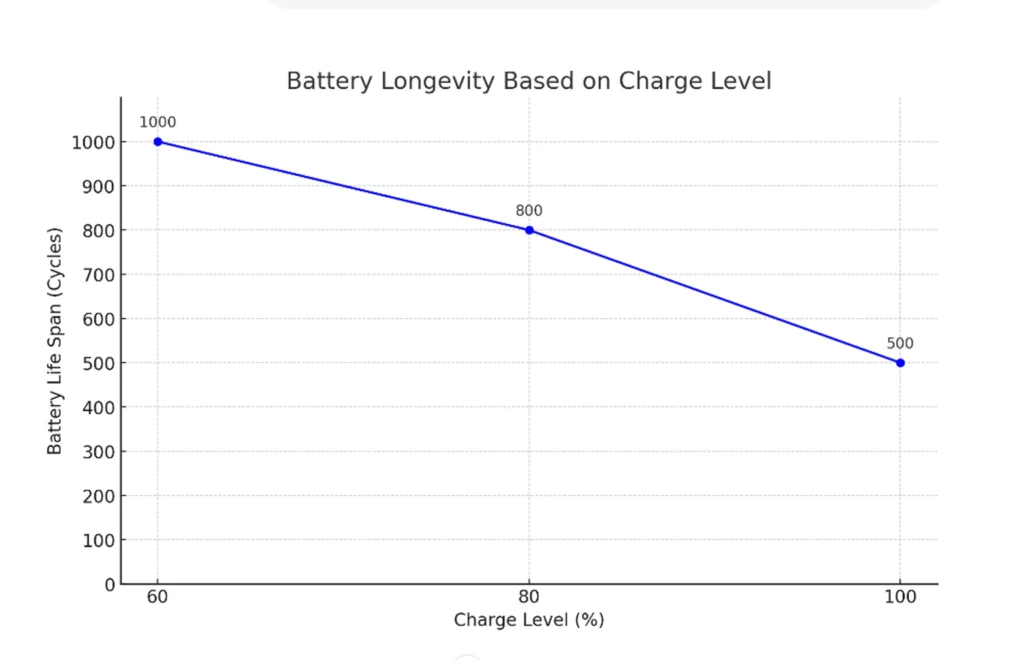
Battery Longevity at Different Charge Levels:
- 60% Charge Level: Charging to 60% can significantly extend battery life, often reaching around 1000 cycles. This is because the lower state of charge reduces stress on the battery.
- 80% Charge Level: This is a commonly recommended practice for balancing battery longevity and usability, providing around 800 cycles.
- 100% Charge Level: Fully charging the battery to 100% is more convenient but results in around 500 cycles, as the higher state of charge increases stress and accelerates wear.
Temperature
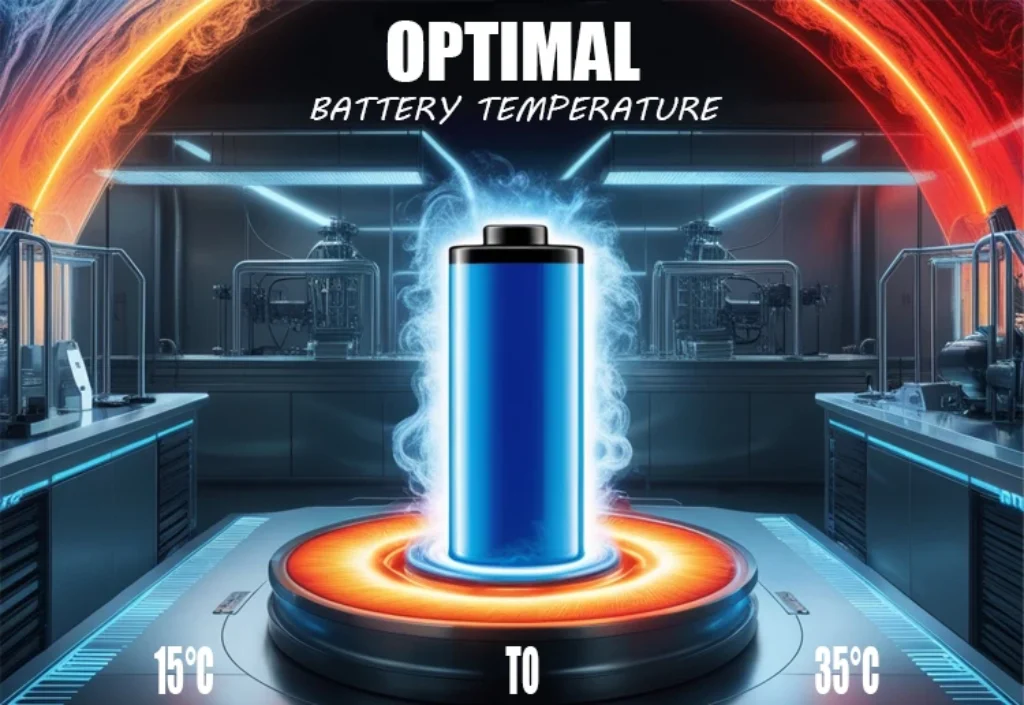
Keep your electric scooter stored in normal temperatures. Leaving it out in the snowy cold winter, or in pressing heat during the summer isn’t good for the health of your scooter battery. Make sure you follow the recommended temperature as both extremes can negatively impact your battery.
Common Mistakes That Decreases Your Scooter’s Range Capabilities
- Not using your common sense – electric scooters riding is super fun and you can easily get carried away by riding like a maniac. If your goal is to maximize the range you can get out of your scooter then you need to apply some common sense to your riding style.
- Properly maintaining your product – Everyone wants their scooter to last them for a long time but not everyone puts in that little extra work needed to make sure it happens. Proper maintenance every once in a while is a must if you want to keep your scooter in mint condition both externally and internally.
- Buying the wrong model – If you’re stuck with an electric scooter that did not match your expectations, you probably didn’t take our advice to look for something that is at least 20% stronger than what you expect to need. This 20% rule is due to the general way of how electric scooters lose performance as parts age. I’m a bargain hunter myself, but when it comes to electric scooters they make up such a big part of my daily commuting that I do not thumb on the quality and want to be sure that even a year from now I can still get the job done.
Conclusion
By implementing these adjustments, you’ll not only gain a few extra miles per charge but also ensure your scooter’s components remain in excellent condition. Proper riding techniques, regular maintenance, and smart battery management are key to maximizing both range and longevity.
With these tips, you’re now equipped to make the most of your electric scooter, enjoying longer rides and a more reliable performance. Remember, a well-cared-for scooter is not just an investment in your daily commute but also in your long-term satisfaction and enjoyment.
Apply our tips, stay diligent with maintenance, and you’ll find yourself cruising further than ever before. Have we missed some hidden secret that you’ve discovered? Feel free to hit us up and share your thoughts.
Happy riding!



